It's so difficult to get good (research) help
 I've been interested in servants for years, and when I started writing historicals was always very conscious of how the masters of the house interacted with the servants. As an essentially lazy person, I figured out quite early on that servants were tremendously useful to fix plot devices--as the ears and eyes of the house they learned a lot about the people "upstairs." And they weren't always tremendously discreet, although of course employers wished they were.
I've been interested in servants for years, and when I started writing historicals was always very conscious of how the masters of the house interacted with the servants. As an essentially lazy person, I figured out quite early on that servants were tremendously useful to fix plot devices--as the ears and eyes of the house they learned a lot about the people "upstairs." And they weren't always tremendously discreet, although of course employers wished they were.I was also a little alarmed to read in NYT bestsellers about Regency households where the front door of the house was opened by a female servant (wrong!) wearing a late Victorian uniform (wrong! wrong! wrong!).
So I started reading, and before I go any further, let me mention that I'm presenting my workshop Doddering Butlers, Pert Housemaids, and Faithful Retainers: Busting the Servant Myths at Nationals at San Francisco (on Saturday August 2). If you have any specific questions, ask and I'll do my best to answer, here or off list.
 One book I found tremendously useful--it is, in fact, one of those books that make you think you've died and gone to heaven--is The Complete Servant by Samuel and Sarah Adams, originally published in 1825. It has all sorts of amazing information like how many servants a household would employ, what they were paid, what their duties were, how to clean various things, recipes, menus, what vegetables were in season each month, and so on. Wow.
One book I found tremendously useful--it is, in fact, one of those books that make you think you've died and gone to heaven--is The Complete Servant by Samuel and Sarah Adams, originally published in 1825. It has all sorts of amazing information like how many servants a household would employ, what they were paid, what their duties were, how to clean various things, recipes, menus, what vegetables were in season each month, and so on. Wow.Everything you'd need for the Georgian/Regency household, right?
The Complete Servant is a fine example of how a book should be taken with a pinch of salt. The Adamses were career servants whose vision of the ideal household probably was not based on fact--as perfectionists who had risen to the top of their profession, they knew how things should be done and this is what the book is about, not how things actually were.
From other reading, I found that households, job descriptions, and master-servant relationships varied tremendously. The Adamses themselves gave some household "rules" that I'd hesitate to use in a book:
- The kitchen maid should make the stablemen's beds (well, I suppose someone has to do it)
- The housekeeper was summoned to carve the meat at dinner
- The valet waited at table behind the master's chair (dinner, according to the Adamses, is all hands on deck)
- One of the butler's tasks was to convert white wine into red
 The Complete Servant is a fabulous resource, but you can't rely on just one book. In my presentation I use a lot of its material, but I also use other sources to balance it out: cartoons, for instance, like this typically rude one by Rowlandson. (There is a site, searchable by keyword, of Georgian prints and cartoons, at Yale's Lewis Walpole Digital Collection.)
The Complete Servant is a fabulous resource, but you can't rely on just one book. In my presentation I use a lot of its material, but I also use other sources to balance it out: cartoons, for instance, like this typically rude one by Rowlandson. (There is a site, searchable by keyword, of Georgian prints and cartoons, at Yale's Lewis Walpole Digital Collection.)I've also found servants' memoirs and servants' portraits very useful--the National Portrait Gallery in the UK had an exhibit on servants a few years ago and published a wonderful book of paintings and essays. Many of the historic houses in England are now featuring exhibits on servants and if you're planning a trip you'll be able to visit below stairs. And read between the lines in favorite books to see what roles the servants play--Mrs. Fairfax the housekeeper in Jane Eyre, for instance or the brilliant choreography of servants/masters in Mansfield Park.
Questions, comments?
Labels: Janet Mullany, Research, servants


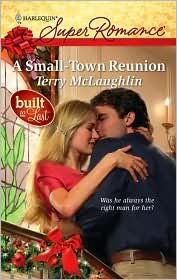




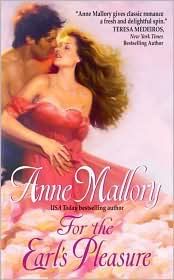

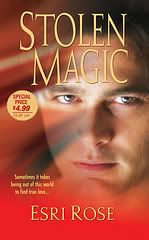








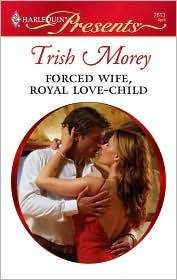
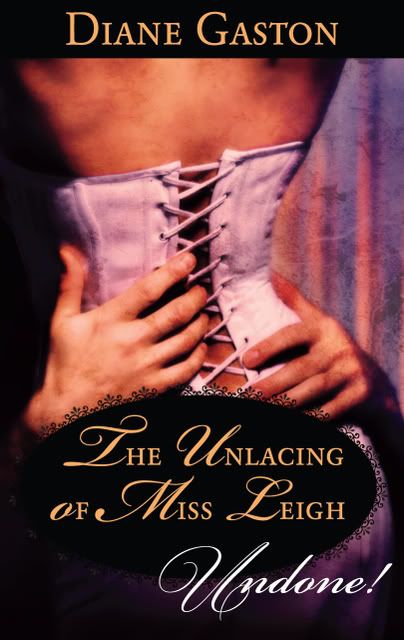




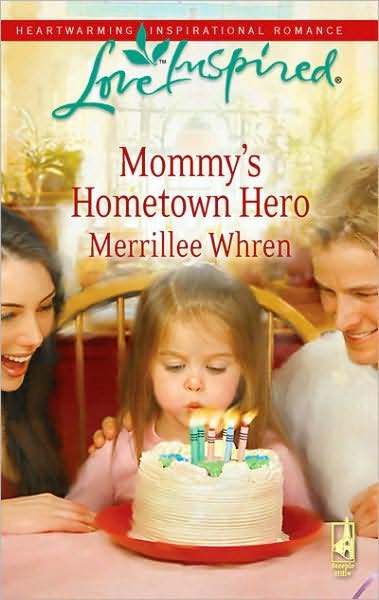



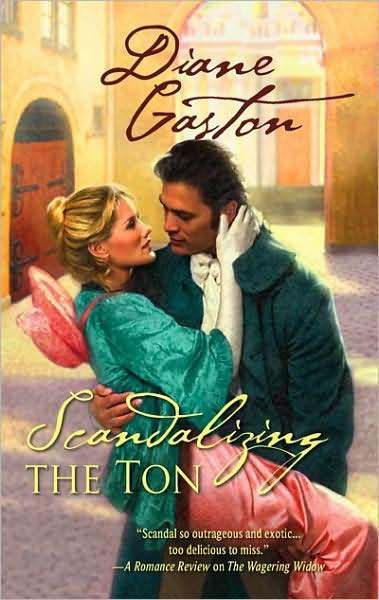
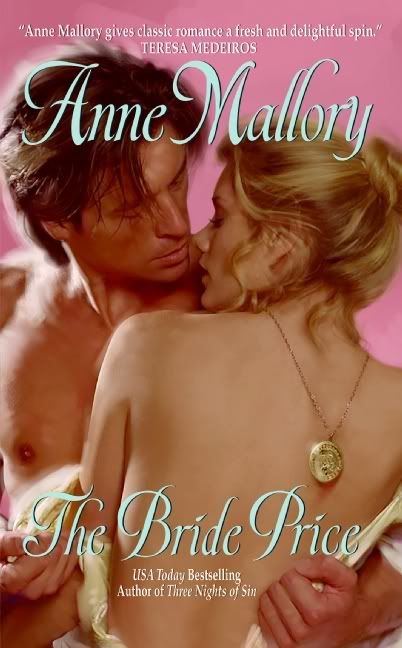

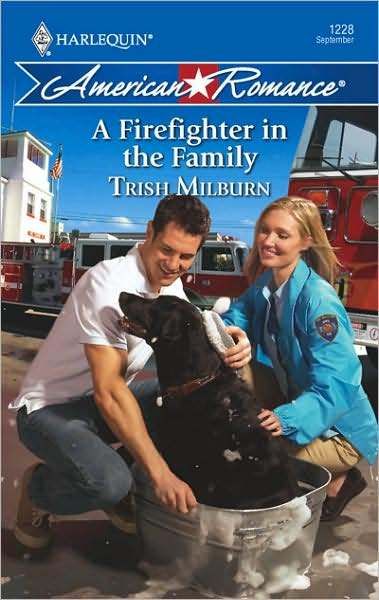





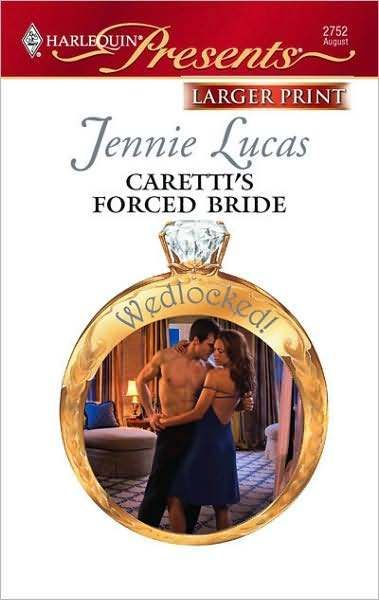






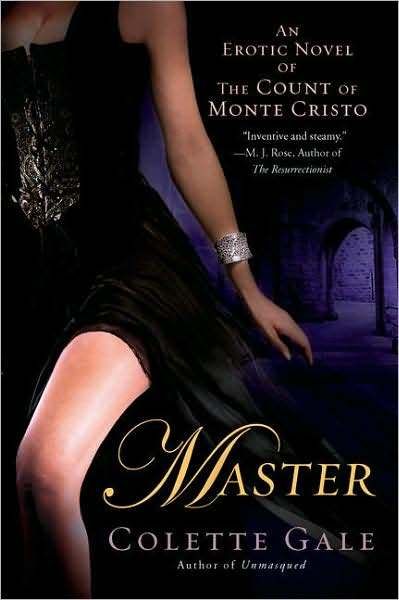






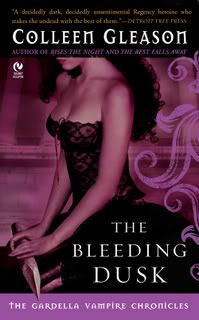







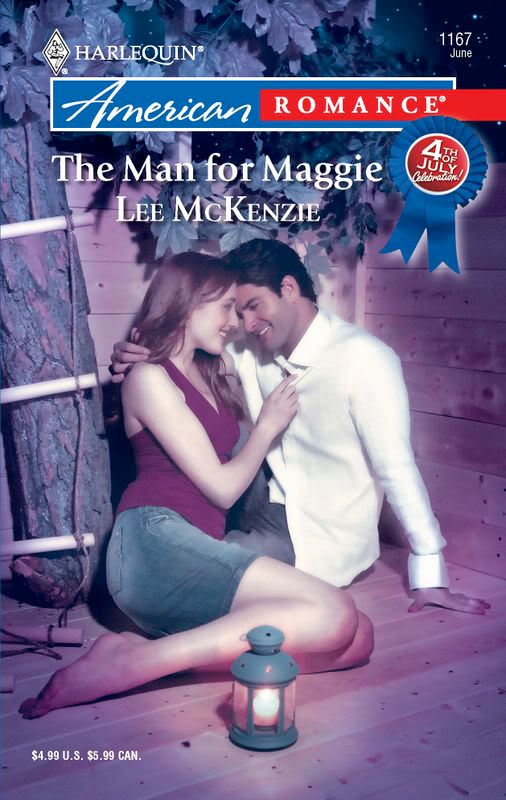
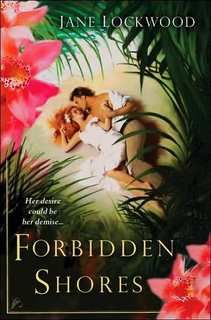

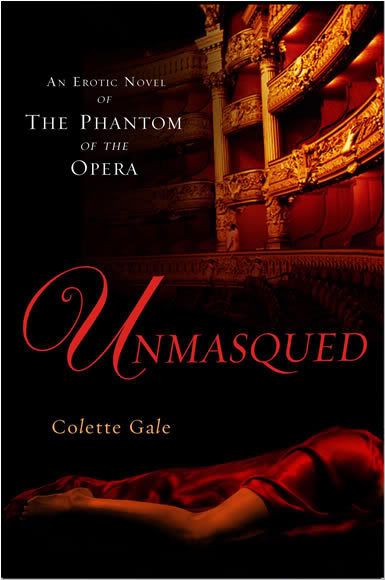

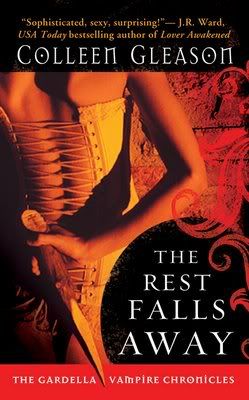


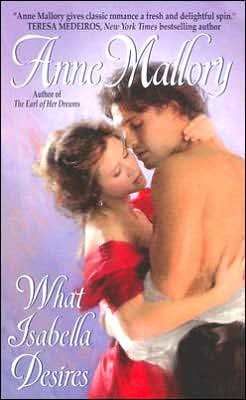
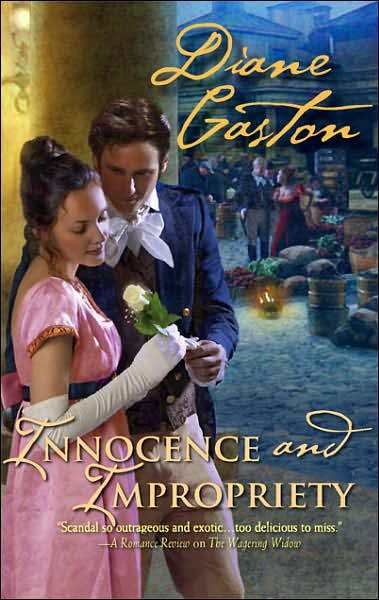
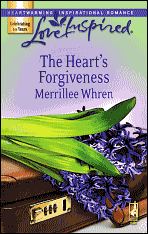
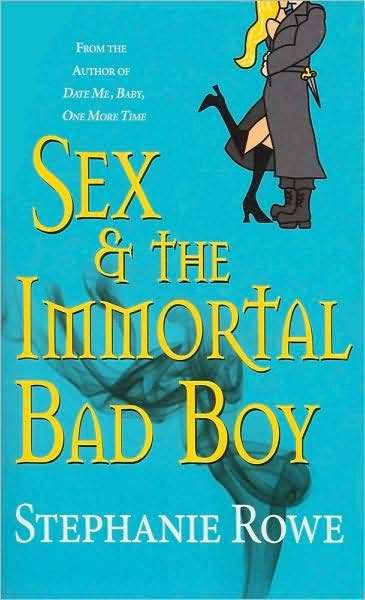
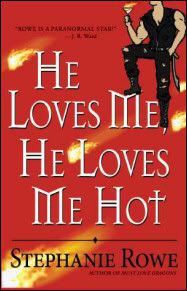
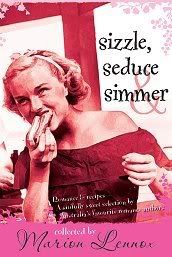
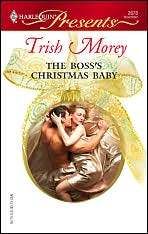
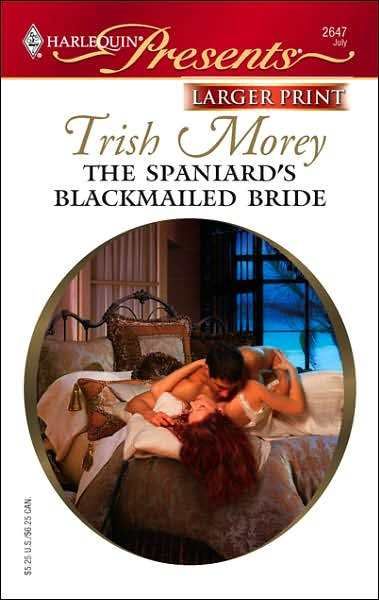
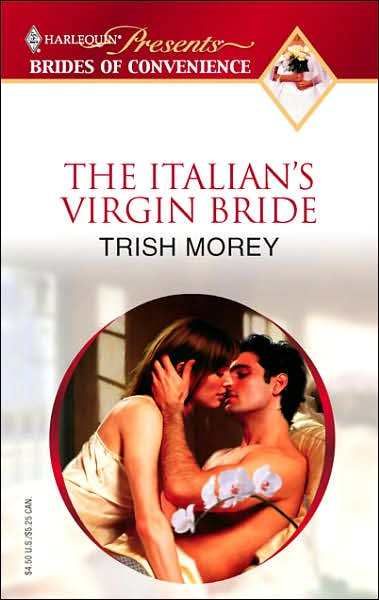
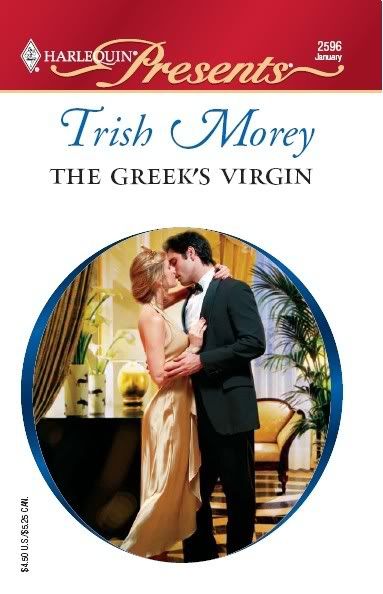


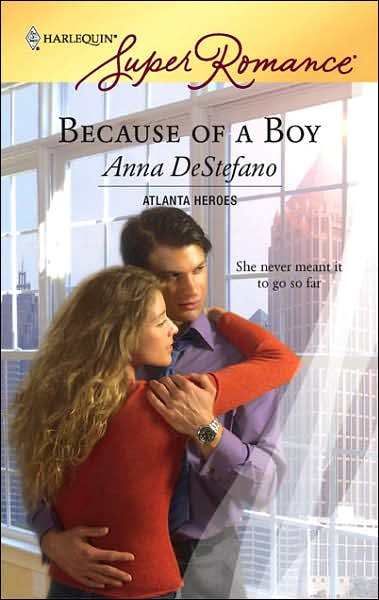



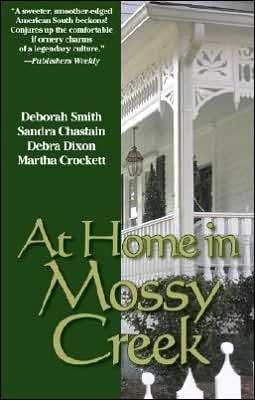
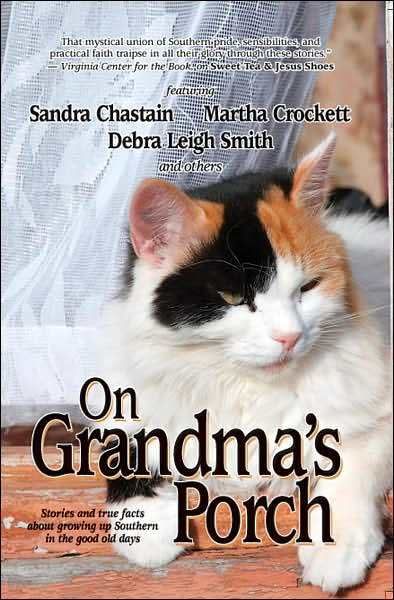
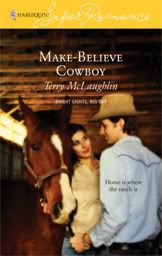

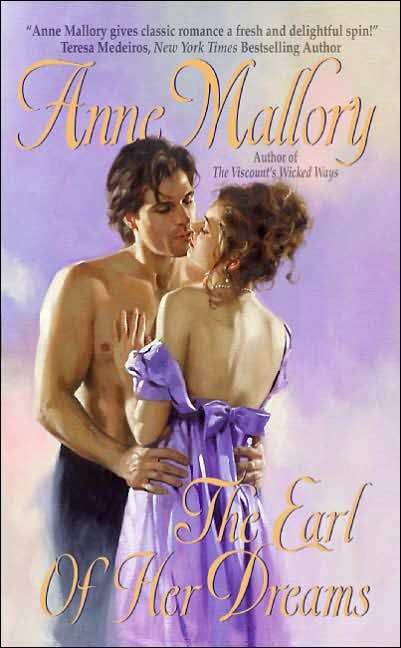
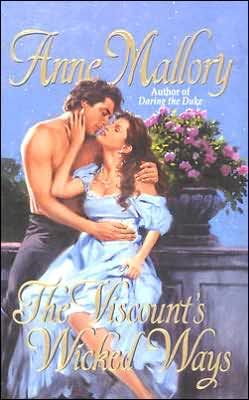
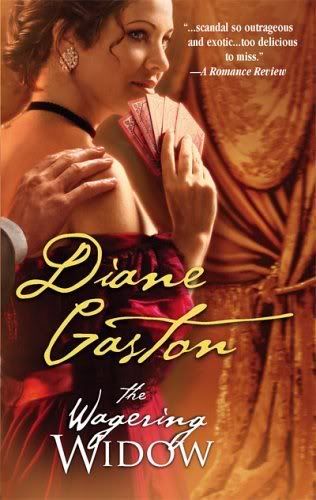

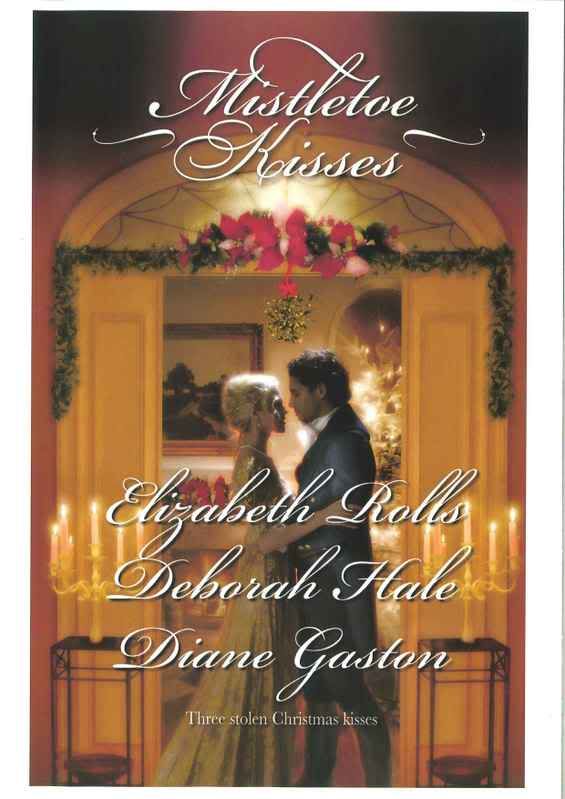
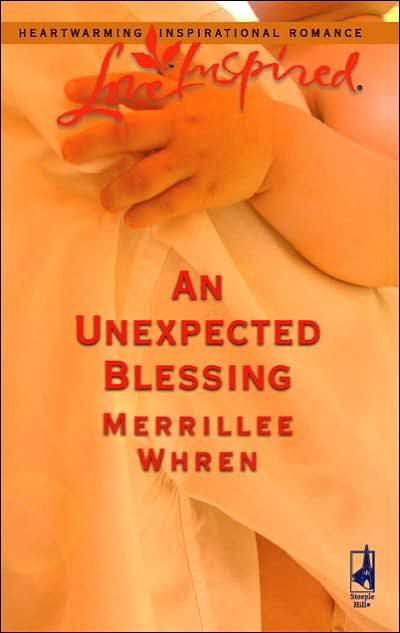

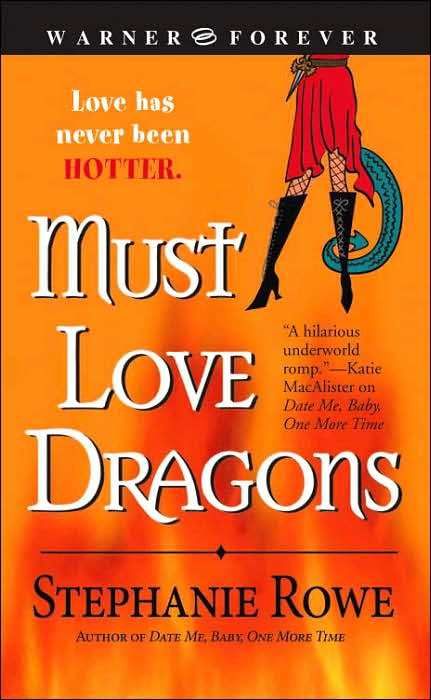
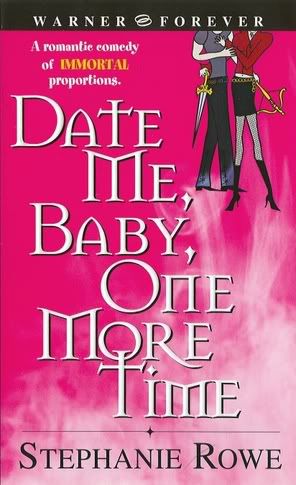


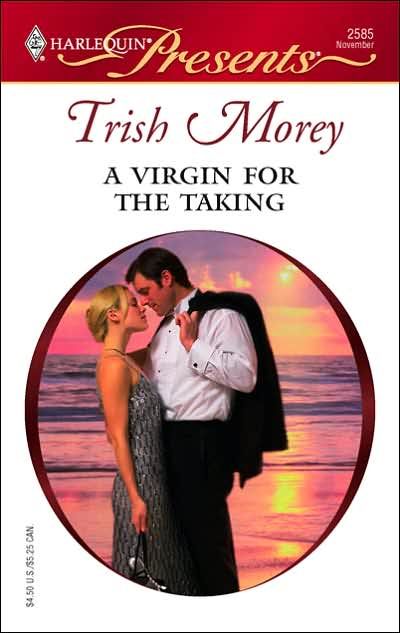
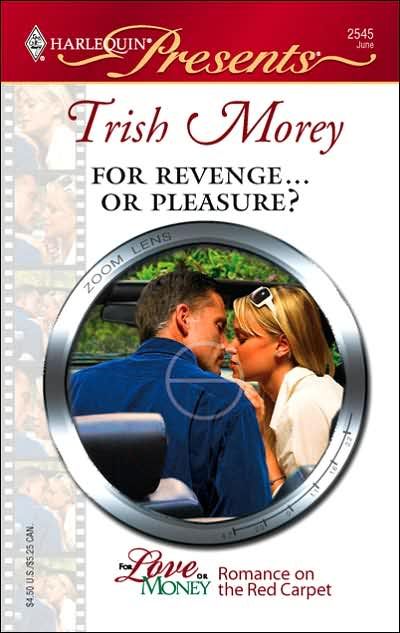
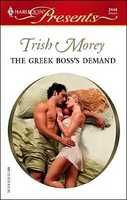



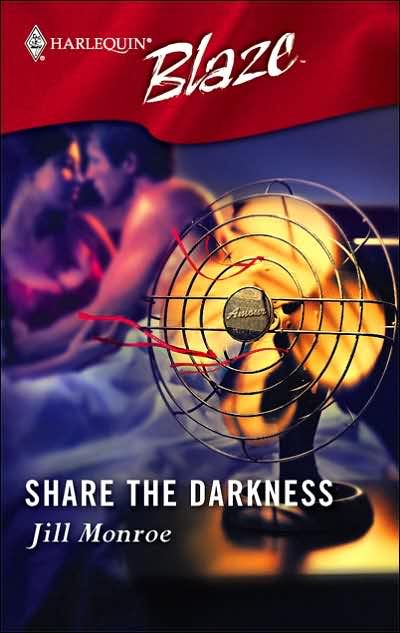




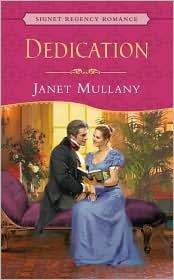
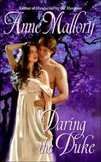
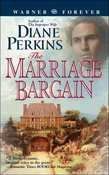
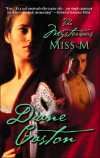







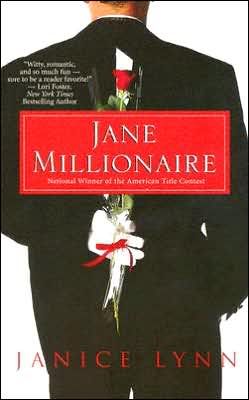



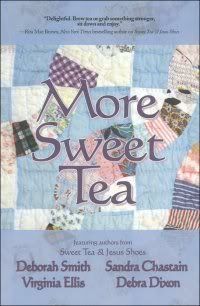
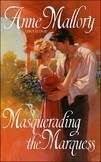
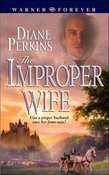
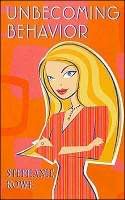



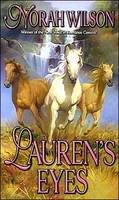

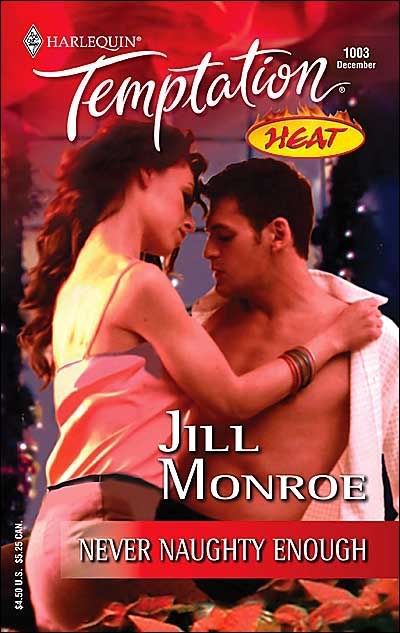





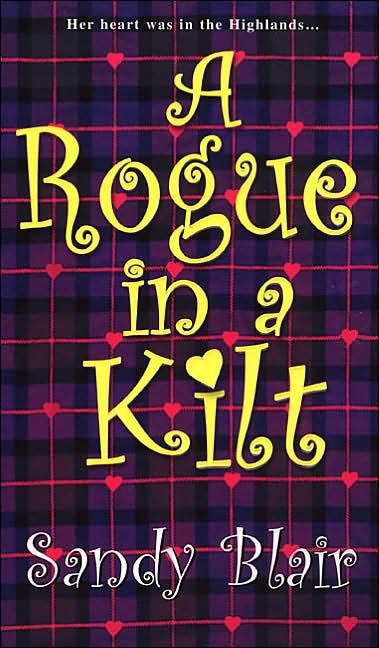

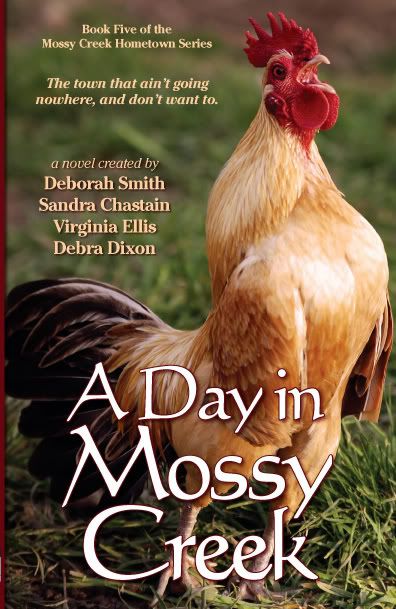

18 Comments:
Since my entire knowledge of the 'servant scene' comes from watching "Upstairs Downstairs" -- well, it's a good thing I don't write historicals.
On the other hand, if I read them, I'll never throw the book across the room the way I do when someone thumbs the safety off his Glock.
Actually the research behind Upstairs Downstairs was fairly sound--the series coincided with a BBC project asking people who'd been in service to send in their reminiscences. The trouble is that so many people think that fictional household was a blueprint for servants everywhere, any time!
Good morning, Janet!
In one scene, I have my heroine startled because the servant knocks on the bedroom door. The hero says he's surprised they've interrupted them at all *g* and it must be important.
Is this correct? I had thought that normally servants came and went without knocking to carry out their duties and be "invisible" in the process.
Regency setting, 1816. sorry, should have been more specific. :)
great resources, Janet! two more must-have books for me and I've bookmarked the Rolandson site!
Looks like a great research book for historical writers. I know I'm always curious about the servants in books and movies, too!
Great blog, Janet.
Well Gillian... the knocking at the door question is one that could be argued for weeks. I think under those, ahem, intimate circumstances, the footman would knock. Quite definitely.
On the other hand if it was the housemaid coming in early in the morning to make up the fire she wouldn't knock (altho she might listen carefully before coming in!).
Remember they had bed curtains then which could hide a multitude of sins.
Janet,
I'd love to know more about the custom of guests tipping servants. What was considered a good tip? What would happen if a guest provided a bad tip or none at all?
Terry: I just read a book where someone thumbed the safety on a Glock. Do they not have safeties, or is it not reachable by your thumb?
Janet: Bed curtains...of course!
And I forgot to ask...how did the butler change white wine to red back then?
Esri - Glocks do not have external safeties (they have what they call a 'trigger safety' or something like that, but it's not really a safety--it's kind of like an extra pull when you're pulling the trigger, and doesn't do much to inhibit the process).
Thumbing the safety off a Glock is the #1 mistake writers make according to people who know firearms.
I've seen the error in books written by "big names".
Also, revolvers don't have safeties -- I've caught that one as well.
Considering I'm not into guns, what I've learned in my research for writing about cops and para-military guys amazes me.
Tipping, yet another of those . I think the amount considered a "good" tip would depend on the size and income of the household and the sort of people who'd be invited to the house. But footmen, the main receivers of tips, would supplement their income to about 20-40%.
I have a wonderful quote, not to hand of course, from an unhappy foreign visitor to London who complained that buying dinner at his inn for three nights cost as much as dinner with a duke, because of the ranks of footmen lined up to receive vails (tips) when he left the house.
If you didn't hand over a tip, you'd probably get sullen, rude treatment next time you visited. Of course a lot of people claimed they received that anyway!
yet another of those possible-to-answer topics, I meant to say!
To convert White Wine into Red
Put four ounces of turnesole rags into an earthen vessel, and our upon them a pint of boiling water; cover the vessel close, and leave it to cool; strain off the liquor, which will be of a fine deep red inclining to purple. A small portion of this colours a large quantity of wine. This tincture may either be made in brandy, or mixed with it, or else made into a syrup, with sugar, for keeping.
In those countries which do not produce the tingeing grape which affords a blood-red juice, wherewith the wines of France are often stained, in defect of this, the juice of elderberries is used, and sometimes log-wood is used at Oporto.
Ugh!
Ugh! Now I understand why the French hold English cuisine in such low esteem!!
Fabulous, Janet, as usual! And yes I have to add these books to my must have list as well. And a giant UGH on the wine!
Another really great book about late-19c servants is Lark Rise to Candleford by Flora Thompson. It's the reminiscences of a woman who was brought up in an Oxfordshire hamlet where most of the girls, and some of the boys, went into service. It's beautifully written and gives a wonderful portrait of country life; it's worth reading even if you're not interested in servants.
Theresa, thanks for reminding me--movies!
Gosford Park
Princess Carabou
Far from the Madding Crowd
probably many more but I'm tired and need to go to bed. Thanks for dropping by, everyone.
Post a Comment
<< Home
Subscribe to Post Comments [Atom]